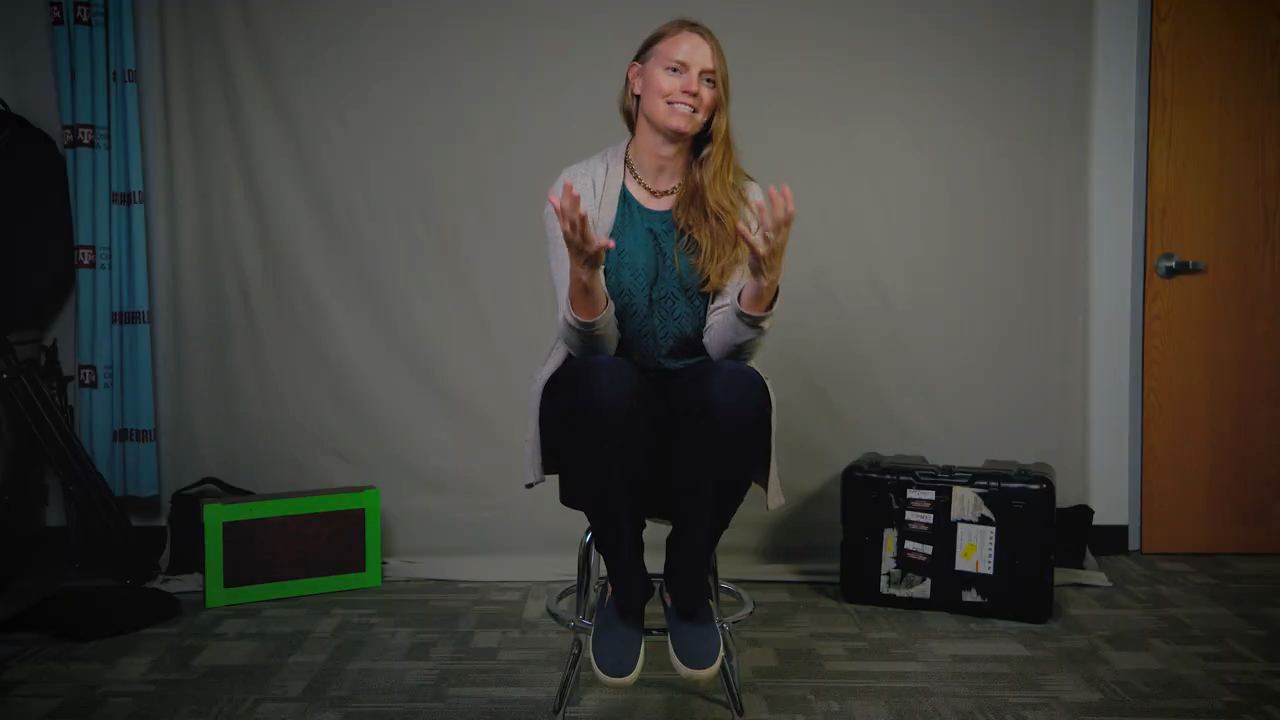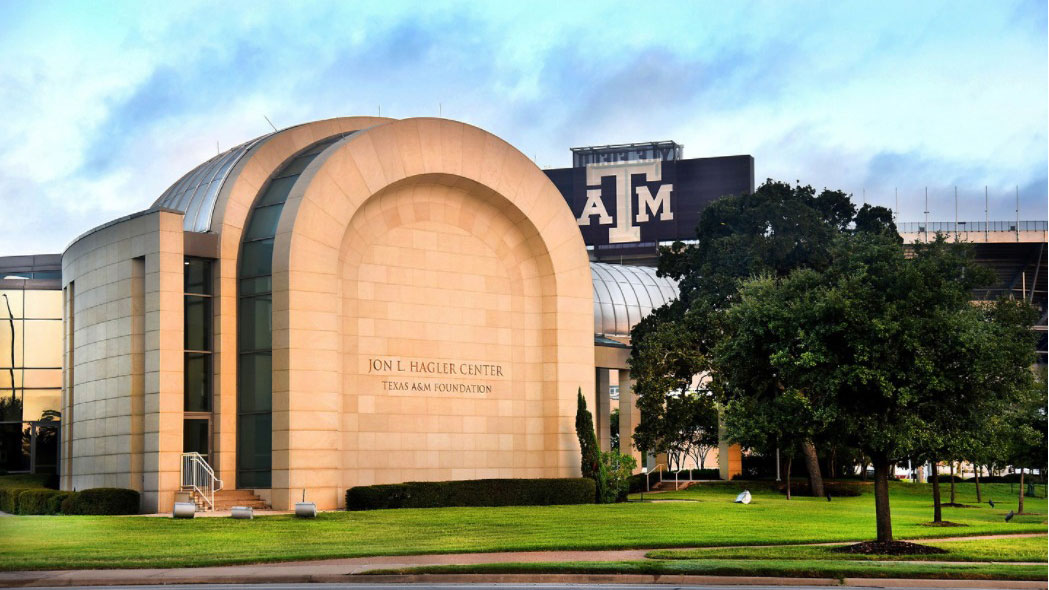
Twelve years after earning her Ph.D. in anthropology from Texas A&M University, Dr. Jessi Halligan is back in familiar territory as an associate professor of anthropology in the Texas A&M College of Arts and Sciences.
After faculty stints at the University of Wisconsin-La Crosse and Florida State University, Halligan decided to return to Texas A&M and the Department of Anthropology this past January. She serves as associate director of the Center for the Study of the First Americans (CSFA) and was appointed to the Center for the Study of the First Americans Endowed Professorship in Liberal Arts in September.
"I guess I was drawn back to Texas A&M because of the opportunities to do cutting-edge research here on campus and to collaborate with people worldwide because of the resources available at this campus," Halligan said.
Motivated By Mystery
Born and raised on a South Dakota cattle ranch, Halligan grew up 20 miles away from the nearest town (which had approximately 80 residents) and five miles from the family's closest neighbors.
"The way I was brought up meant that my whole family spent a lot of time working together outside," Halligan said. "Which, in retrospect, ended up having a huge influence on my life in myriad ways."
From a young age, Halligan was immersed in nature, initially dreaming of a career in veterinary medicine. However, her path changed in middle school when she learned about the discovery of King Tut's tomb in history class. Her fascination with archaeology grew even more through volunteer excavations run by the South Dakota Army Corps of Engineers, where she discovered her passion for uncovering the mysteries of past civilizations.
"Throughout high school, I took every opportunity I could find to volunteer on archaeological excavations, and archaeology was all I hoped for — working outside, but still using my brain to attempt to answer complex questions about humanity, all while searching for the next discovery," Halligan said.
Halligan began her higher education at Harvard University, where she studied anthropology and laid the groundwork for her future discoveries. Her academic journey was more than just gaining knowledge; it was an exploration of the past, diving into the uncharted waters of underwater archaeology.
After graduating from Harvard in 2000 with a Bachelor of Arts in anthropology with a specialization in archeology, she worked in contract archaeology, gaining hands-on experience that sharpened her skills and strengthened her determination to advance her field. Her discoveries led her to Texas A&M, where she pursued her Ph.D. to help further her commitment to unveiling our submerged history.
Flourishing In Florida
Halligan spent two and a half years at Wisconsin-La Crosse, then began an eight-year stay at Florida State in Tallahassee, where she investigated the lifeways of the first Floridians, who arrived during the last Ice Age.
Her doctoral exploration of the submerged sinkholes of Florida's Aucilla River unearthed more than 14,000 years of human heritage. Halligan's work, much of which was conducted underwater, revealed the daily lives and sophisticated technologies of ancient societies, providing a deeper, more detailed understanding of human development across millennia.

"Because the underwater sites in Florida can be so well preserved, we were able to learn more about the first Floridians than we have been able to learn about early people in most of the rest of the Americas," Halligan said. "The research was important because it helped us understand more about how people were living in a world that was rapidly changing."
Halligan's work at Florida State has spearheaded much of the work she hopes to achieve at Texas A&M in her current role at the CSFA. The endowed center conducts research on the origin, lifeways, artifacts, and other aspects of the Ice Age inhabitants of the Americas.
"We focus mostly on the time period from about 18,000-ish years ago until about 10,000 years ago," Halligan said. "We have multiple labs in the anthropology department that can do sedimentological analyses, radiocarbon extraction, isotopic analysis and microscopic analysis of the artifacts we find from these sites."
Center Of Ice-Age Inquiry
The CSFA is currently conducting projects in Florida, the Gulf of Mexico, Alaska, the Great Basin, the Southwestern U.S., and Peru. They seek to engage students in these existing initiatives and new research ventures the center is developing.
Alongside its research initiatives, the CSFA conducts outreach and educational programs, sponsors conferences and research symposia, and publishes studies on late Ice Age archaeology and environments.
Halligan's hope is for her students at Texas A&M to learn not only that we have much to learn from people in the past but also that we are incredibly privileged to be able to study these past people — and that it is a grave responsibility to get the story as right as we can.
"Texas A&M is the center for the study of the first Americans," Halligan said. "We have all the tools here to do all those types of studies."
I guess I was drawn back to Texas A&M because of the opportunities to do cutting-edge research here on campus and to collaborate with people worldwide because of the resources available at this campus.

